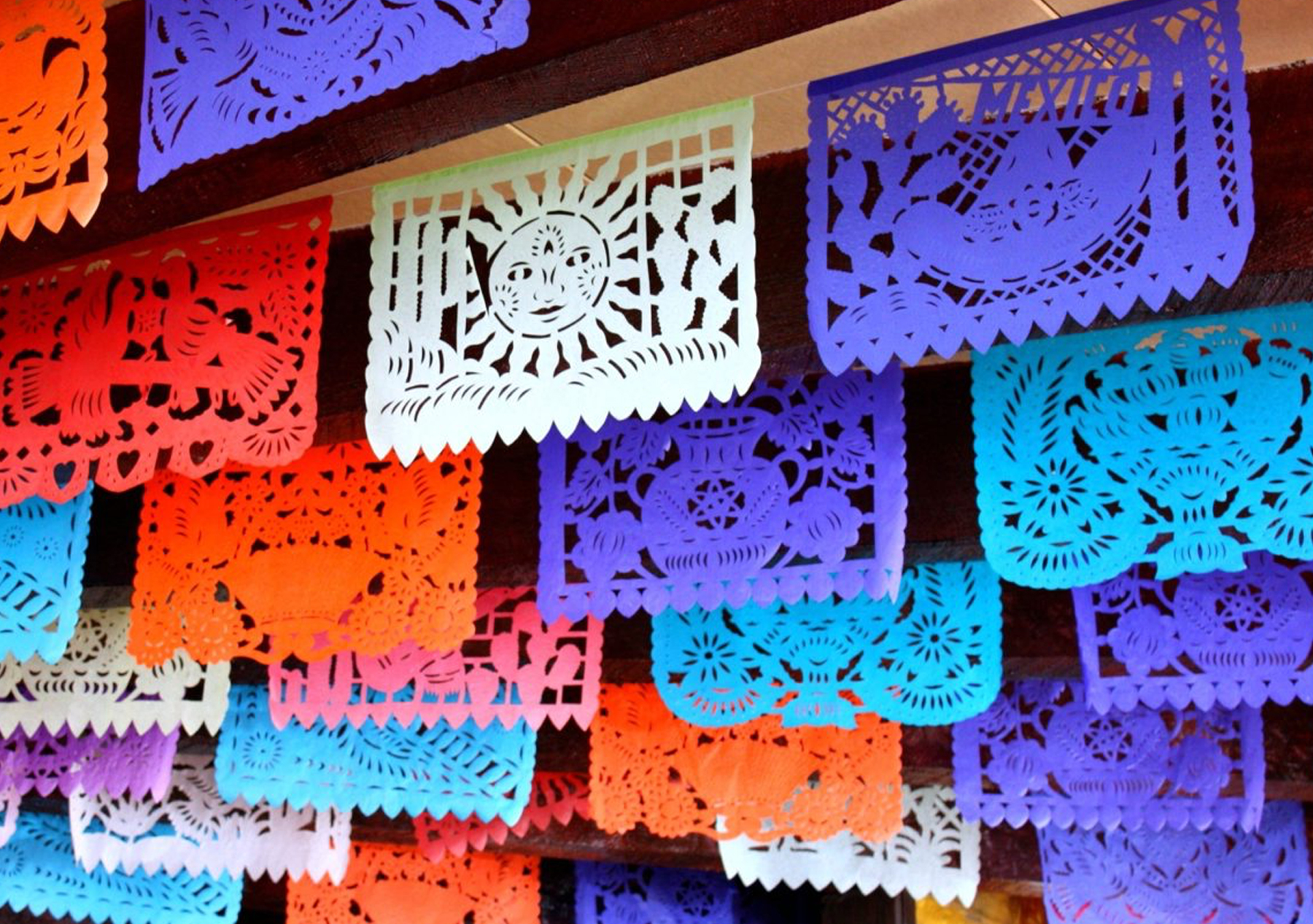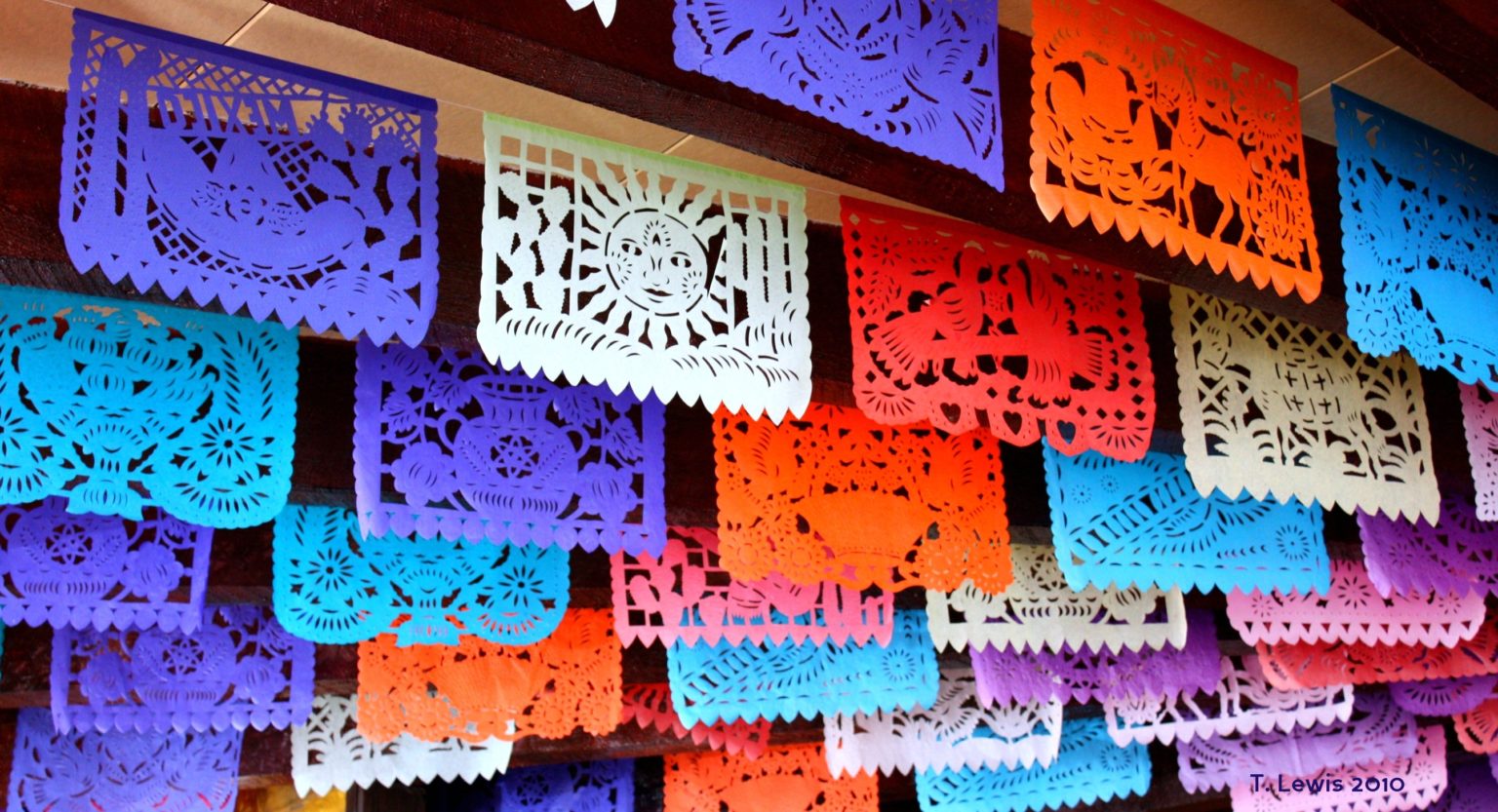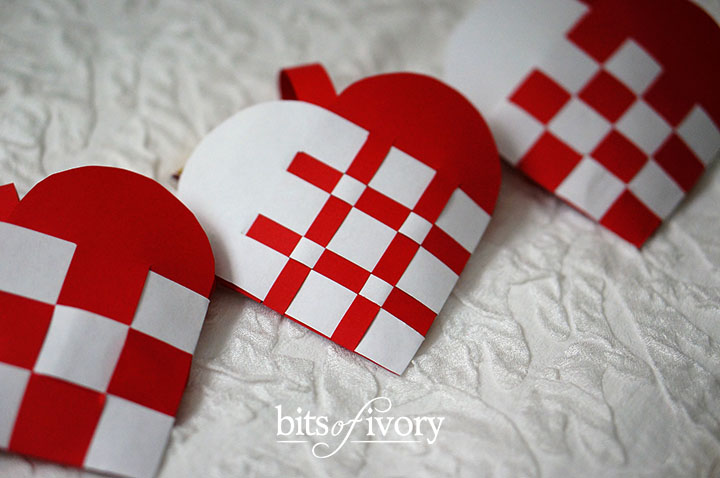Paper Crafting Around the World

Perhaps the most magical thing about paper is how this simple material can be transformed in so many different ways. Paper crafting has taken on many forms in the hands of different cultures that have incorporated the medium into their folk art. Take a look below at some ways paper is used in art around the world!
Jian Zhi – China
The art of Chinese paper cutting known as “Jian Zhi” dates back to the 4th and 5th centuries A.D. After the invention of paper in China, it was later used to create this iconic folk art.
These intricate paper-cuts are typically made from red paper (a color symbolic for happiness) and used during festivals such as Chinese New Year, or even for occasions like weddings or the birth of a child, because they are thought to bring luck and happiness.
Once it was popularized in China, Jian Zhi slowly spread out to other cultures, each of them giving this art of paper cutting their own unique spin!
Kirigami – Japan
“Kiru” (to cut) and “kami” (paper)
You’ve heard of Origami, but what about Kirigami – the Japanese art of paper cutting? While it is similar to origami because it involves folding paper, Kirigami also involves cutting the paper to create patterns or 3D elements! For a rudimentary example, think of a paper snowflake! You fold, cut, then unfold the paper to create your snowflake. This is the basic concept of Kirigami, though many talented artists take it to another level by creating very intricate designs.
It is thought that Kirigami was derived from Jian Zhi in China. Today, Kirigami can vary from simple to extremely intricate. It also takes on many forms, some being three-dimensional and others flat.
Papel Picado – Mexico
“punched” or “cut” paper
Another style of paper cutting is found in a Mexican folk art that involves creating elaborate designs with sheets of tissue paper. You may be familiar with these lace-like, brightly colored banners that are often used to decorate for special occasions.
The history of Papel Picado can be traced back to the Aztecs who used paper made of bark to make similar decorative banners for homes and temples. This practice evolved when the Spanish came to Mexico. From then on to current day, Papel Picado is displayed during all sorts of celebrations like the Day of the Dead, Christmas, weddings, birthdays and more! The illustrations and colors incorporated into the designs vary based on the occasion.
This iconic folk art hasn’t changed much over time, but the motifs have been incorporated into modern design and fashion.
Woven Hearts – Scandinavia
An old Scandinavian tradition around Christmas time was to weave paper together to form little heart-shaped baskets. These would be hung on the tree and filled with goodies for the children!
The origins of this craft are unknown, but it has been said that the famous Danish author Hans Christen Anderson was making them by the 1860s. This traditional craft project is one that children and families would do together during the holidays.
Jewish Paper Cut Folk Art
Are you surprised to see how many different cultures have some form of paper cutting folk art? Jewish paper cutting incorporates elements such as animals, figures, plants and even sentences to portray themes and scenes from the Bible. This art was typically used for ceremonies and holidays, and often decorated marriage contracts or even parts of the home.
There was a period of time where many of these traditional pieces were lost and destroyed as a result of World War II. Since the late twentieth century, people who remember this folk art have brought it back to life by creating new art to honor the tradition. This image is a modern interpretation inspired by traditional pieces.
Scherenschnitte – Germany
“scissor cuts”
Another type of traditional paper crafting that requires scissors and a steady hand is scherenschnitte. This craft commonly incorporates symmetry in the design, and can feature images such as silhouettes, animals, flowers, and more.
It is said to have been founded in Switzerland and Germany in the 16th century. As with other paper cutting styles, the designs can very from simplistic to intricate depending on the artist’s skill level.
Iris Folding – Holland
Iris Folding is a paper technique that has become pretty popular within the scrapbooking and card making communities – and while we aren’t 100% certain of the origin, it is thought to have come from Holland!
This technique involves taking paper strips and arranging them in a pattern that spirals into the center of the design. It gets its name from the end result, which resembles a camera lens – or the “iris” of a camera. The final result is eye-catching and fascinating to look at, and especially impressive when it incorporates a variety of paper colors, textures, and patterns.
Follow us @printworksdiy on social media for more craft inspiration, and visit our Store to check out the rest of our product line.











